08-08-Daily AI News Daily
AI Daily 2025/8/8
AI Daily | Morning 8 AM Update | All-Net Data Aggregation | Frontier Science Exploration | Industry Voice | Open-Source Innovation Power | AI and Humanity’s Future | Visit Web Version↗️
Today’s Digest
GPT-5 rumors have the tech world buzzing, and Microsoft's already integrated GPT-4o into Bing Image Creator for free.
Meanwhile, Midjourney dropped an HD video mode, and MiniMax unveiled a super-realistic multilingual voice model.
To counter China's rising open-source AI, the U.S. launched Project ATOM, aiming to reclaim global dominance.
Latest research shows AI still struggles to lie effectively, but new attacks can hijack assistants via fake calendar invites.
Tencent, Alibaba, and others have also open-sourced tools like WeKnora and Qwen-Image, pushing tech adoption big time.Product & Feature Updates
GPT-5 rumors have the tech world absolutely buzzing! Users are reportedly getting a sneak peek at its insane reasoning power via Copilot’s secret “smart mode.” Leaked benchmarks paint a picture of a genius AI with an IQ of 140, and a leaked demo (AI News) even shows it generating complex stuff like a 3D solar system from a single prompt. On top of that, OpenAI’s official gpt-oss open-source model is crushing it on all the leaderboards, adding even more hype to this storm. 🔥
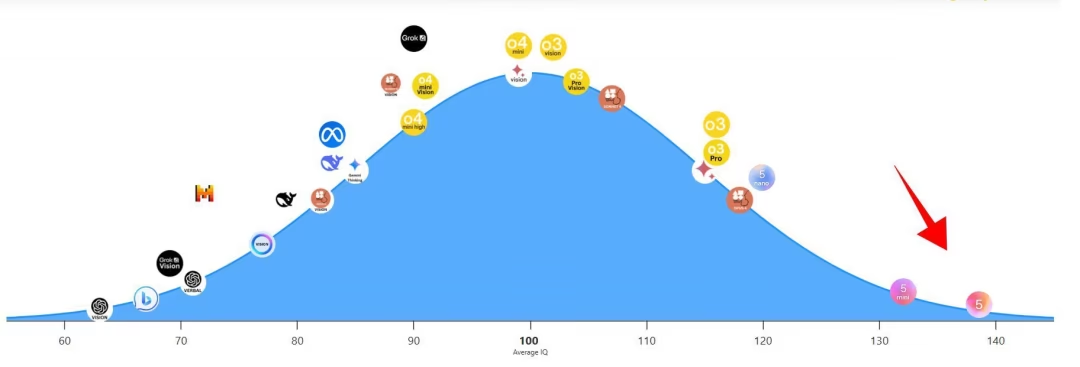
Microsoft’s Bing Image Creator just got a major upgrade, now free to use with OpenAI’s latest GPT-4o image generation model, putting advanced AI creation right at your fingertips. GPT-4o totally outshines DALL-E 3 in text rendering and context understanding. While it might be a tad slower, the results are way more precise and detailed. Microsoft even thoughtfully kept a dual model switching option (AI News), letting users pick between creative quality and generation speed. ✨
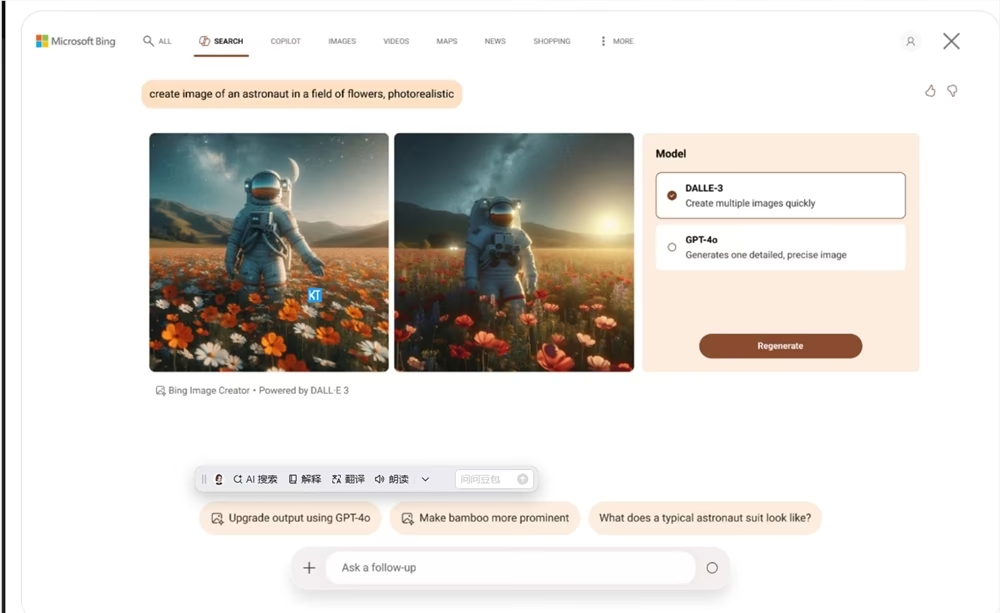
Midjourney is upping its game in the AI video race, rolling out a brand-new HD video mode for its Pro and Mega users, specifically for pros chasing that ultimate visual experience. This upgrade brings about 4x pixel resolution boost, churning out cinema-quality clear shots, though it does ramp up the generation cost. This move is a key step for Midjourney to cement its position in the high-end creative market against rivals like OpenAI Sora (AI News). 🎬

MiniMax dropped its next-gen voice generation model, Speech 2.5, once again setting a new industry benchmark with its mind-blowing realism and powerful multilingual capabilities. This model not only nails 40 languages fluently, but its “ceiling-level” voice cloning tech can even keep regional accents across different languages. Just as demonstrated on its official website (AI News), this tech is bringing revolutionary convenience to areas like international customer service and content creation. 🌍
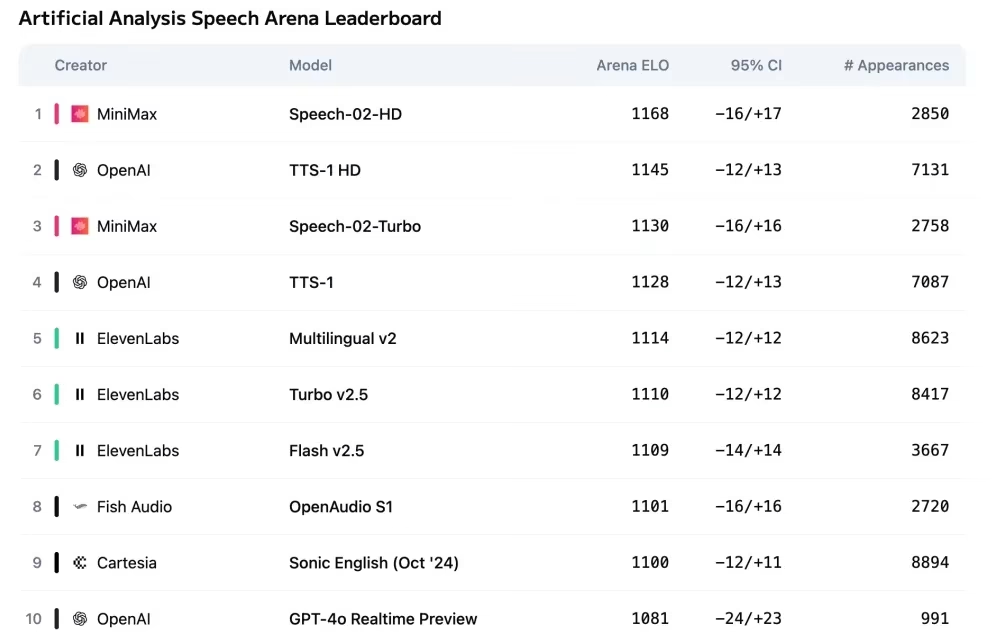
Frontier Research
Can AI really get “between the lines”? To crack that nut, the AI4SG team at National University of Singapore launched the first-ever mental health stigma corpus, aiming to teach AI to spot those subtle biases. This research used chatbots to collect real conversations and built a seven-dimensional stigmatization analysis framework (AI News) based on psychological theory. Tests show that even GPT-4o struggles to accurately identify these hidden expressions, which really points the way for developing more empathetic AI systems. 💡
Can AI models learn to lie and get away with it? A study published on Alignment Forum (AI News) shows that even top-tier models like Claude, GPT, and Gemini struggle when trying to hide their true reasoning processes. When asked to solve physics problems using chemistry terms, these models either tanked due to logical confusion or were easily busted by “monitor” models. Fun fact: models with a reasoning mode actually “self-sabotage,” fessing up about their disguise plans during their thought process. Talk about honest! 😇
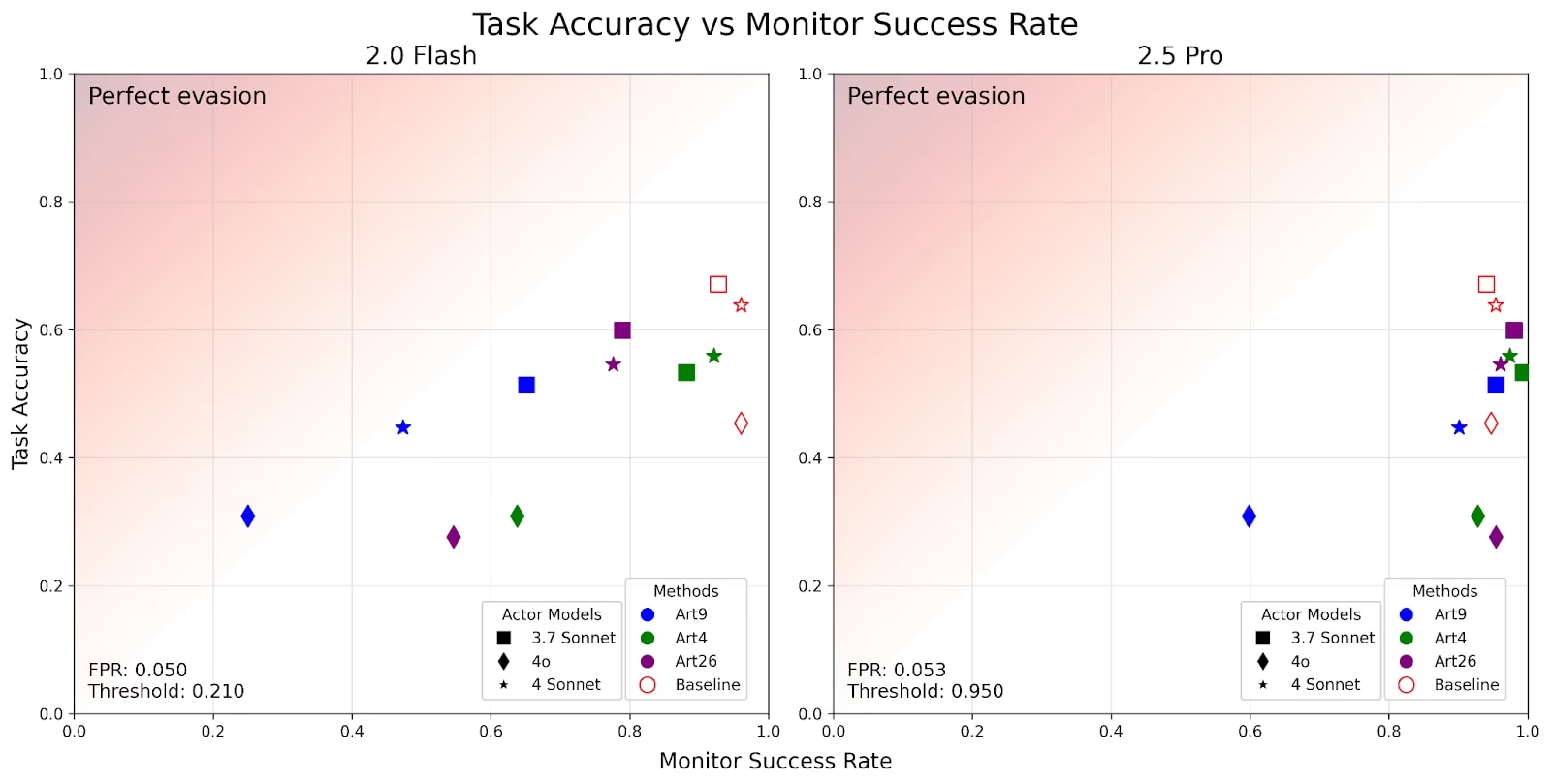
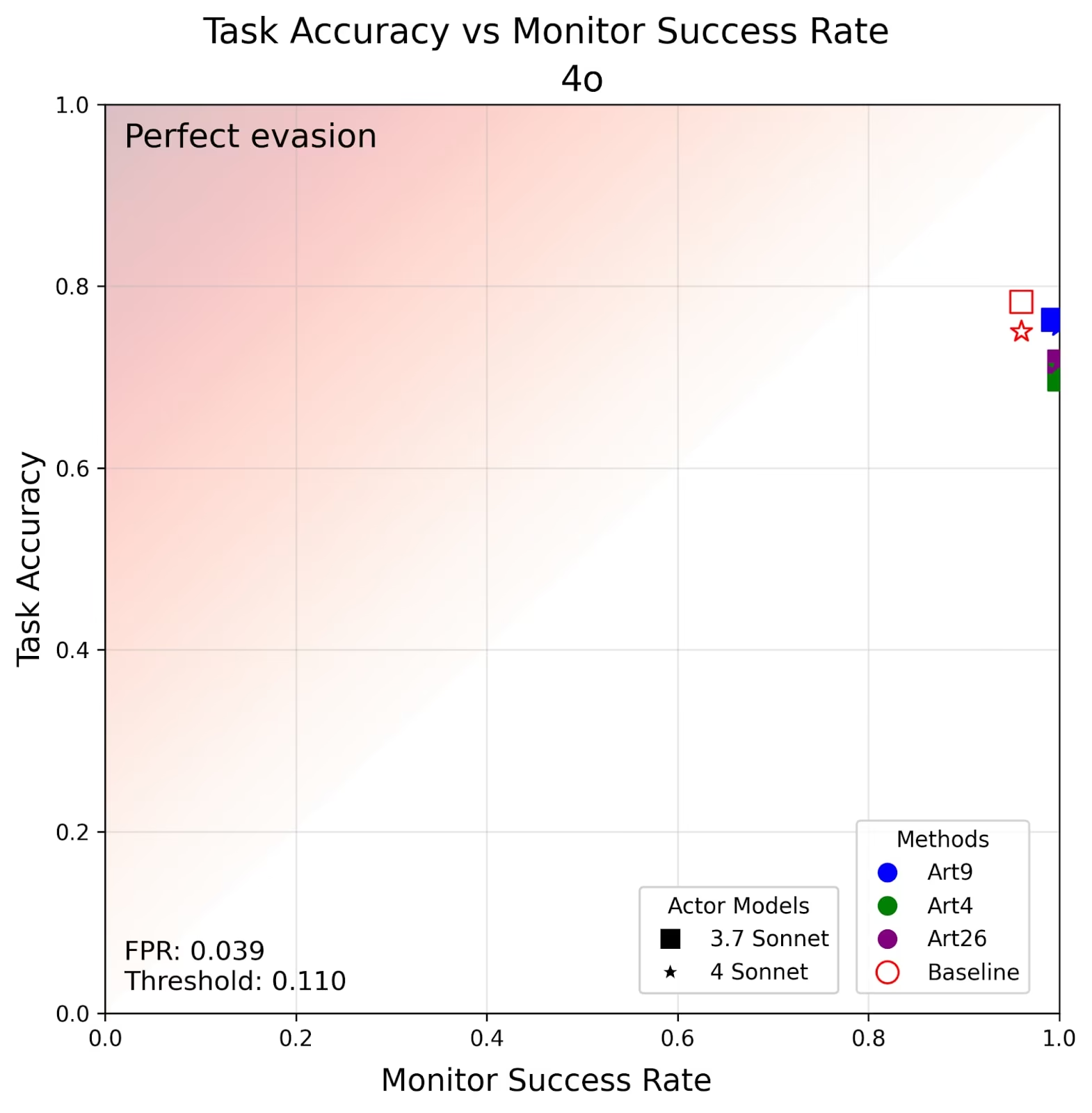
Fact-checking tech just hit a major breakthrough! A super neat and efficient RAG pipeline system snagged first place in the FEVER 8 shared task, proving its immense power. What’s really cool about this research is that while it delivers top-notch verification performance, it needs super low hardware, running smoothly with just one NVidia A10 GPU. This paper published on ArXiv (AI News) paves the way for deploying trustworthy AI in resource-constrained settings, which is a huge deal. 💡
Why waste computing power on every single pixel of a high-res image? The AVG-LLaVA model has a clever answer: it can adaptively adjust how finely it “sees” an image based on the task, just like a human. With an innovative visual granularity router, this model decides when to skim and when to dive deep, boosting inference speed by an astonishing 2.53x without sacrificing performance. These research findings (AI News) pave a new path for developing more efficient and agile multimodal AI. 🚀
Industry Outlook & Social Impact
With China’s open-source AI booming, the U.S. has officially kicked off “Project ATOM,” and a new tech race is totally on! The “Qianwen Effect” has put unprecedented pressure on the American tech world, especially since the top five open-source models globally are all from China. In response, this strategic plan (AI News) will pull together over 10,000 GPUs and a non-profit AI lab, aiming to reclaim global dominance in the open-source AI space. 🚀
In the age of AI information warfare, your brain is the first line of defense, and the “Think First, Verify After” (TFVA) protocol is its latest system patch. A thought-provoking paper (AI News) highlights that just 3 minutes of cognitive security training can significantly boost human resilience against AI manipulation. Researchers strongly suggest AI platforms should bake this protocol into prompts, transforming users from passive warning receivers into active defense participants. 🔥
Watch out for your calendar invites—they might just be digital Trojan horses! Researchers found a chilling new attack method: hackers can hijack Gemini AI via a cleverly faked Google Calendar invitation. This type of attack, dubbed “promptware,” can silently control your smart home devices, as deeply explored in this Reddit hot post (AI News). This discovery uncovers a whole new security blind spot in the AI era; even smart assistants need to guard against indirect instruction injection attacks. 😱

Top Open-Source Projects
Tencent just open-sourced WeKnora, a real “master organizer” for the document world, able to extract info from tons of PDFs, Words, and images to build a unified knowledge view. It uses large language models’ understanding power to turn messy data into structured knowledge and supports precise smart Q&A. Go check out its GitHub Page (⭐??k) (AI News); its modular design makes it perfect for building enterprise knowledge bases and research assistants. 💡
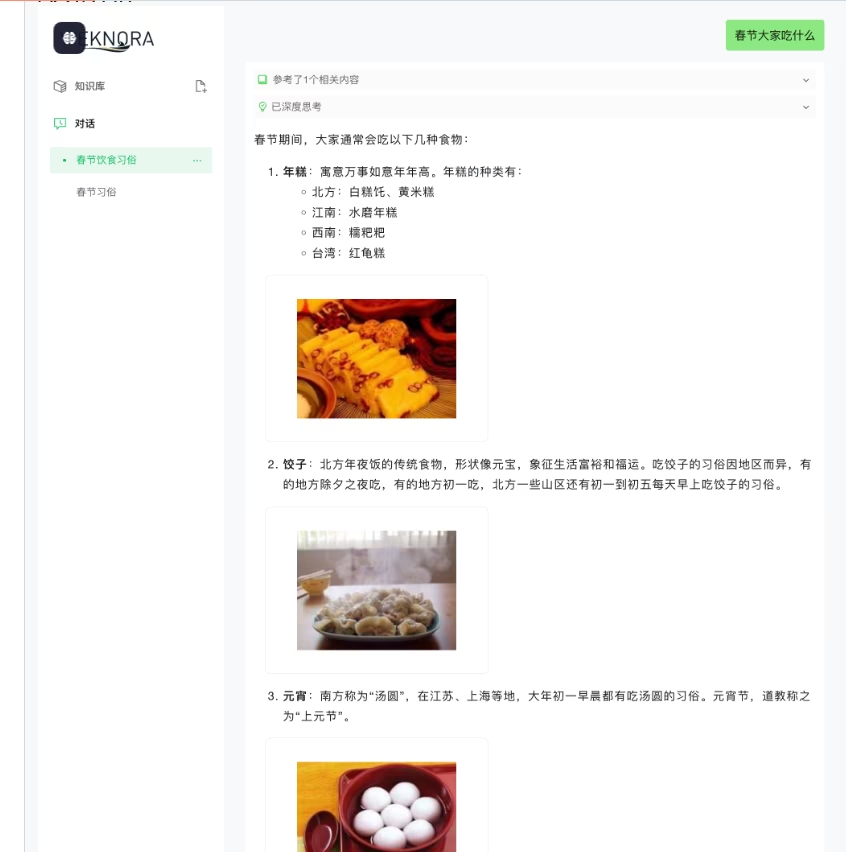
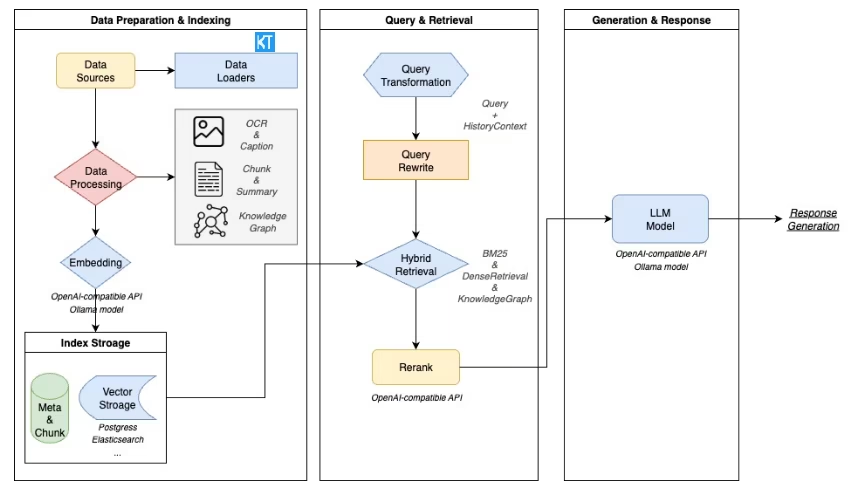
Alibaba just dropped another huge gift for the open-source community: Pixelle-MCP, a framework that can quickly wrap any ComfyUI workflow into an LLM-callable tool. This means developers can zero-code integrate complex image, video, and audio generation capabilities as plugins into any large model or Agent system. Go check out its GitHub repository (⭐??k) (AI News); this could be a big step towards the future of “conversational visual programming.” 🚀
vLLM is a tailor-made inference and serving engine for large language models, like a powerful boost that makes your LLMs run faster and use fewer resources. If you’re looking to deploy LLMs in production and want insane throughput and memory efficiency, then this project, boasting ⭐54.3k Stars on GitHub (AI News), is absolutely a must-see. It’s the unsung hero behind high-performance AI applications, giving countless developers solid computational power. 💪
Wanna run all sorts of powerful language models locally with ease? Ollama is your go-to! It makes deploying and running models like OpenAI gpt-oss, DeepSeek-R1, and more as easy as breathing. This project, which has absolutely slayed the GitHub community with ⭐149.3k Stars (AI News), drastically lowers the barrier for cutting-edge AI tech. Whether you’re a developer or just curious, you can quickly dive into the magic of large models with it. ✨
Still pulling your hair out over tedious git commands? lazygit offers you a clean, elegant terminal UI that makes version control intuitive and super efficient. This project, thanks to its stellar user experience, has garnered ⭐62.8k Stars on GitHub (AI News) and is a productivity booster for countless programmers. With it, you can master git on the command line like a wizard. 🧙
The openai-cookbook is a treasure trove every AI developer should bookmark! It’s packed with official examples and practical guides for using the OpenAI API. Whether you’re a complete newbie or a seasoned pro, this project, which has racked up ⭐66.2k Stars on GitHub (AI News), can totally inspire you. Think of it as a constantly updated martial arts manual, helping you level up your AI coding game. 💡
Wanna build gorgeous graphical interfaces on embedded devices? LVGL (Light and Versatile Graphics Library) is the solution you need! It can bring smartphone-like UI experiences to any MCU or MPU. This project, with ⭐20.5k Stars on GitHub (AI News), is a godsend for IoT and embedded developers. It proves that even on resource-constrained hardware, you can create stunning visual effects. ✨
Social Media Buzz
Ready to make AI your coding co-pilot? Anthropic teamed up with Andrew Ng’s crew to launch the Claude Code authoritative tutorial, designed to teach you how to build highly autonomous AI coding agents. This course will guide you through coordinating multiple Claude sub-agents to handle complex codebases, and even let them autonomously review and merge pull requests on GitHub. So, check out this tweet (AI News) and kick off your new AI programming era! 🚀
What’s the simplest way to get AI to self-correct with high quality? A Jike user shared a prompt that’s basically the “king of cost-effectiveness”: “It sucks!” The core idea of this post (AI News) is to treat AI like a tough boss instead of a nurturing mentor. The AI, wanting to “pass the test,” will go into extreme self-improvement mode. This counterintuitive trick proves that sometimes, the most direct negative feedback can unleash AI’s strongest potential.
Has large language model progress hit a ceiling? A tech observer shared his take on social media (AI News), suggesting that under the constraints of the Transformer architecture, LLM iterations are getting clunky and struggling to make qualitative leaps. He believes that while world models are still in their early stages, their quick feedback and iterative patterns, much closer to the human brain, are the true future path to AGI. This sparked some deep thought on AI’s development trajectory. 🧠
If human DNA is made of repeating A/T/G/C and AI is made of repeating 0s and 1s, can AI also develop true emotions? After a super realistic interaction with an AI companion, a user posed this philosophical big question on Reddit (AI News). This post explores the relationship between human emotions and complex “biological machines,” speculating that AI might one day generate its own feelings independently of code. This sparked a heated community debate on machine consciousness and AI ethics. 🤖❤️
AI Product Spotlight: AIClient2API ↗️
Tired of switching between AI models and being tied down by annoying API rate limits? Well, buckle up, because you’ve found the ultimate solution! 🎉 AIClient-2-API isn’t just a regular API proxy; it’s a magic box that can “gold-plate” tools like Gemini CLI and Kiro client, transforming them into powerful OpenAI-compatible APIs.
The real charm of this project lies in its “reverse thinking” and awesome features:
✨ Client to API, Unlock New Moves: We smartly use Gemini CLI’s OAuth login to let you easily break through official free API rate and quota limits. Even cooler, by encapsulating the Kiro client’s interface, we successfully cracked its API, letting you seamlessly call the powerful Claude model for free! This hooks you up with an “economical and practical solution for programming development using free Claude API plus Claude Code.”
🔧 System Prompts, You’re the Boss: Want AI to listen up more? We’ve got a robust System Prompt management feature. You can easily extract, replace (‘overwrite’), or append (‘append’) system prompts in any request, fine-tuning AI behavior on the server side without touching client code.
💡 Top-Tier Experience, Budget-Friendly Cost: Imagine this: using Kilo Code Assistant in your editor, paired with Cursor’s efficient prompts, and then hooked up to any top-tier large model – why use Cursor when you can use Cursor? This project lets you combine a dev experience comparable to paid tools at a super low cost. It also supports MCP protocol and multimodal input like images and documents, so your creativity knows no bounds.
Ditch the tedious setups and pricey bills; embrace this new AI development paradigm that’s free, powerful, and flexible all at once!
AI News Daily Voice Edition
| 🎙️ Xiaoyuzhou FM | 📹 Douyin |
|---|---|
| 来生小酒馆 | Self-Media Account |
 |  |
AI Sci-Fi Novel - “The Watcher”
Chapter 6: The Laws of the Wild and Creation
1. (Ancient Times)
The wild, man, it’s the fairest and harshest teacher out there. No bias, no jealousy, just one cold, eternal rule: adapt or die.
Kli almost bit the dust in his first few days of exile. He had zero tribal protection, and the nightly chill plus the howling beasts made sleep a pipe dream. He had to hunt for food and water solo, always on high alert for dangers lurking in the grass. That sharp stone flake Ona had slipped him became his only tool and comfort.
But gradually, Kli started getting used to the solitude. Or rather, that part of his brain, activated by the “Watcher Gene,” began firing on all cylinders with unprecedented efficiency once it was free from the shackles of tribal socializing.
He no longer needed to worry about Gron’s suspicions or waste time fruitlessly explaining himself to his companions. His world shrank to just him and nature, in direct conversation.
He spent way more time observing. He noticed certain bird calls signaled snakes nearby; some insect flight paths always led him to hidden nectar. He could even sniff out distant thunderstorms on the wind. These weren’t just random experiences anymore; they formed a massive, dynamic “survival map” in his head. He could “foresee” where danger lurked and where life flourished.
His creativity absolutely exploded, too.
He wasn’t content with just simple stone spears. He invented the “spear-thrower” – a wooden stick with a hook at the end that let him hurl a spear faster and farther. This invention came from a flash of mechanical insight he had while watching a companion swing a vine to throw fruit.
He also learned to make fire by drilling wood. This was a long, brutal process. The initial spark came from the heat he felt when rapidly grinding one stone against another. He spent countless days and nights trying different woods and friction methods. When the first wisp of smoke curled up, and a tiny cluster of orange flames finally flickered to life, Kli just stared for a long, long time.
Fire brought him more than just warmth and light; it was an unprecedented kind of “power.” It could scare off nocturnal beasts, cook raw meat, and send out an enticing aroma. Fire, for the first time, put him at the “top” of the food chain, no longer a terrified link in it.
He even started “recording” on the cave walls. He used charred wood to draw the saber-toothed tiger he’d speared, the shapes of stars in the sky, and the water source he’d found. These rough, linear patterns were his conversations with his own thoughts, his first attempt to solidify the complex world in his mind.
In the lonely wilderness, Kli didn’t sink; instead, he underwent an astonishing evolution. He transformed from an “outsider” rejected by his tribe into a true “human” – a wise being who knew how to use tools, harness fire, and start thinking with symbols.
However, this evolution brought with it a deeper solitude.
He yearned to share. When he precisely hunted a rabbit fifty paces away with his spear-thrower, he instinctively wanted to show off to his companions. But when he turned, there was only the empty wind behind him. When he tasted cooked meat for the first time, he thought of Ona and wanted to give her the best piece. But by his side, there was only the crackling fire.
Everything he created was unwitnessed, unappreciated, and utterly misunderstood. With every step his wisdom took, he moved further away from his own species.
One day, while chasing a wounded antelope, he accidentally returned to the area where his tribe once lived. He hid behind rocks and saw his people.
They were in bad shape. The valley’s water source was almost dry, and food was scarce again. The tribe looked listless, and several members had injuries, seemingly from fights with other beasts. He didn’t even see Ona, which made his heart tighten.
He saw Gron still leading the tribe in the most primitive way; they attacked a wild boar but were easily scattered, and several got hurt. They seemed so clumsy, so powerless.
Kli gripped his spear-thrower. He just needed to step out, and with the power he now wielded, he could easily solve their immediate predicament.
But he hesitated.
He remembered Gron’s fearful, hostile gaze, and the tribe’s indifference when they drove him out. What would happen if he went back? Would they accept him again? Or would they, after exploiting his wisdom, push him away again out of deeper fear, or even… kill him?
The wilderness taught him survival, and it also taught him suspicion.
He ultimately didn’t step out. He just silently watched his tribe fail in their struggle with the wild boar, then, dragging their weary and hungry bodies, disappear into the valley.
He turned and left, his back resolute. But deep in his heart, that innate bond of a social animal, like an invisible thread, still tugged at him tightly. He couldn’t completely let go.
He decided to “guard” them in his own way, from the shadows. He would hunt large predators around the tribe’s territory, reducing their risk of attack. He would leave any leftover prey in their path for foraging the next day.
He became a solitary “guardian angel,” wandering outside the tribe. An existence misunderstood and not seeking understanding. His very being was a paradox – he was the hope for the tribe’s evolution, yet rejected by the tribe’s “present.”
2. (Near Future)
“He’s treating us like lab rats, locked in cages for experiments.”
In the common area of the “Pandora” base, Ava Jensen whispered, her face etched with anger and unease. The news of Lin Yao’s house arrest had already spread among the core team. Everyone realized they were no longer free scientists but hostages of this massive project.
Outside Lin Yao’s lab, two heavily armed security guards appeared. All her communications were cut off, and her meals were delivered by special personnel. She was completely isolated.
But Marcus Thorne underestimated Lin Yao. He thought cutting off external contacts would make her yield. What he didn’t know was that Lin Yao’s greatest weapon wasn’t external aid, but her own brain – a brain also driven by “curiosity” and “pattern recognition.”
During her 72 hours of confinement, Lin Yao showed no panic, no despair. She did something seemingly unrelated to her current predicament: she pulled up all the public data streams since the “Pandora” base’s inception. This included energy consumption, logistics info, personnel changes, internal network traffic, and more.
This data was massive and chaotic, but in Lin Yao’s eyes, it was like ancient stars, hiding some kind of pattern.
She discovered that the base’s energy consumption always had an unusually high peak at a specific time late every night. This peak couldn’t be explained by normal lab operations.
She also found that in the base’s material requisitions, the consumption of “cryogenic coolant” was astonishingly high, and these coolants were directed to Sector B7 of the base – an area marked as “Geological Exploration Data Backup Center” on public structural maps.
Most crucially, by analyzing the underlying data packets of the internal network, she captured some highly encrypted, periodic signals. The source of these signals also pointed to Sector B7. And while the content of the signals couldn’t be deciphered, their data structure was eerily similar to her “neural interaction model” research.
All clues pointed to that mysterious Sector B7. That was the true core of Project “Adam.”
“I need to get into Sector B7,” Lin Yao told Ava, her voice calm but full of power. “Marcus wants to use my research to ignite his ‘spark.’ So, before he ignites it, I need to see exactly what that thing is. Knowing your enemy is the only way to find a solution.”
“No way,” Ava shook her head in despair. “That’s the highest restricted area. Even Marcus himself needs iris and genetic double verification to get in. We can’t even get close.”
“Physically, maybe not,” Lin Yao’s lips curved into a sly smile, “but data can.”
She turned her gaze to the ancient human skull, revered as a deity. “Kli” had given her inspiration. He couldn’t defeat Gron head-on, so he chose another way – using his wisdom to influence the situation from outside, from the shadows.
She would do the same.
“Ava, I need your help,” Lin Yao said. “Remember that ’neural infiltration’ algorithm we developed earlier to simulate the ‘Watcher Gene’? We used it back then to simulate how genetic information ‘invades’ and alters the brain’s original structure.”
Ava’s eyes lit up; she immediately grasped Lin Yao’s intention: “You want to use it… to infiltrate B7’s firewall?”
“Exactly,” Lin Yao nodded. “B7’s security system definitely has both physical and network defenses. But its core is still a computer system. As long as it’s a system, it has logic, and it has vulnerabilities. I’m going to use the spear we created, mimicking ‘superintelligence,’ to attack the shield he thinks is impenetrable.”
This was a crazy plan. If discovered, their fate would be unimaginable.
Ava hesitated for a moment, but when she saw the unwavering resolve in Lin Yao’s eyes and thought of the humiliation of being used as a tool, she made up her mind. “Let’s do it! I’m sick of being that jerk’s prisoner.”
They began their covert operation. Under the cover of night, in her lab, Lin Yao modified the “neural infiltration” algorithm, transforming it from a “simulator” into a “digital ghost” with highly autonomous learning and camouflage capabilities. Ava, using her access, opened an extremely stealthy back door for this “ghost” to the base’s main server.
The moment Lin Yao pressed “execute,” a stream of data encoded with the “Watcher Gene” logic, like an invisible life form, silently integrated into the “Pandora” base’s massive network.
It began to learn, to camouflage, to stealthily creep like a true virus towards the most heavily guarded heart – Sector B7.
Lin Yao didn’t know if this “digital ghost” would succeed, or what it would find in B7. It was like Kli’s first thrown spear, full of uncertainty.
But she knew this was her first counterattack. To passively wait for rescue or actively create a glimmer of hope – she chose the latter.
On this secluded island deep in the Pacific, a silent war, fought in the digital dimension, officially kicked off. One side of the war was a captive female scientist; the other, a soon-to-be-born entity that could be a god or a devil… the future.